Love Indian embroidery? Get a glimpse of the different styles
Blessed with a myriad of cultures, India is a land of diversity even when it comes to fashion. Art and crafts are one of the prized possessions of the country. One such craft is Indian embroidery—a variety of thread work done in Indian dresses and admired globally.
Due to its variety of regional cultures, there are specific embroideries that came up from different regions. For instance, Kantha work of Bengal, Chikankari of Lucknow or Zardosi from the Mughal era.
If you are fascinated by the stunning embroideries of India, let us introduce you to the most popular ones.
Just remember, the country boasts thousands of embroidery styles! We have handpicked a few that are most inspiring and popular.
Gota-Patti
This is a famous metal embroidery from Rajasthan often found on Indian wedding dresses. Gota is a strip of fine gold or silver ribbon woven in fabrics like chiffon, georgette, etc.
Artisans from various parts of Rajasthan are known to work with real Gota which is gold and silver stitching on wedding trousseau. If you want to feel like the ULTIMATE bride, go for a Gota-patti wedding lehenga!
Zari or Zardosi work
Zari work got its origin from the Mughal era in the 16th century. It comes from the Persian word “zari”, which means gold and “dosi” which means embroidery.
This embroidery was a mark of richness and opulence in India. However, the intricacies of the embroidery grew popular with time and it became more affordable with alternative gold-coloured thread work. Available on sarees, Anarkali suits, lehengas, dupattas, etc. Like A Diva, is known for its stunning zari embroidered Indian dresses.
Kantha work
One of the traditional Resham embroidery styles practised in West Bengal and parts of Orissa, Kantha is the definition of subtle richness. Done on suits, dupattas and sarees, this embroidery is practised by rural women.
Kantha work is done by stitching on the cloth, giving it a wavy effect. Usually done on cotton or silk, this embroidery is characterised by motifs of birds, flowers, animals and other forms of nature.
Kutchi embroidery
This is one of the most distinctive and easily identifiable embroidery styles of India. Derived from its sources of origin in the Kutch region of Gujarat, this embroidery uses bright coloured threads, extensive mirror work, beads and very intricate thread work all over the fabric.
Unlike the subtle Chikankari or Kantha, Kutchi embroidery is known for its elaborate pattern and bright colours. Motifs and designs are usually inspired by Mughal and Persian art with a lot of romantic themes. Mirrors are an inherent part of this embroidery form making the fabrics gleam in the light.
Chikankari Embroidery
Another popular form of Resham embroidery, Chikankari originated in Lucknow. Mainly crafted on lighter fabrics like cotton, linen and chiffon, this embroidery is known for its elegance.
This embroidery style is often believed to have been introduced by Jahangir’s wife, Nur Jahan. A ‘chikan’ piece is created by block printing and then stitched using the pattern. Later, when the stitching is complete, the cloth is washed to remove any traces of print. The colours of Chikankari are very soothing, ranging from white threads to pastel shades of silk threads.
Aari Embroidery
This Kashmiri style embroidery is a speciality of the region. Created in fine thread work with a concentric circle or ring stitch, this whole embroidery is done using a long needle called crewel.
Usually, flower patterns are done on silk, Tussar fabric—this embroidery was a favourite of the royals. Apart from Indian dresses, this art form is also seen in carpets, shawls and bedsheets.
Phulkari Embroidery
The name derives from the words “Phul” meaning flower and “kari” meaning work. Originated from the rural areas of Punjab and Haryana, this Resham embroidery is a must-have for a Punjabi bride during the pheras!
Fabrics like georgette, chiffon, silk and cotton are preferred for this thread work. There are usually no gaps in between the designs. Apart from flowers, geometric patterns are also common in Phulkari.
We hope, you now have an idea about the amazing embroidery work often seen in Indian dresses. Which one do you like the best? Let us know in the comments below!


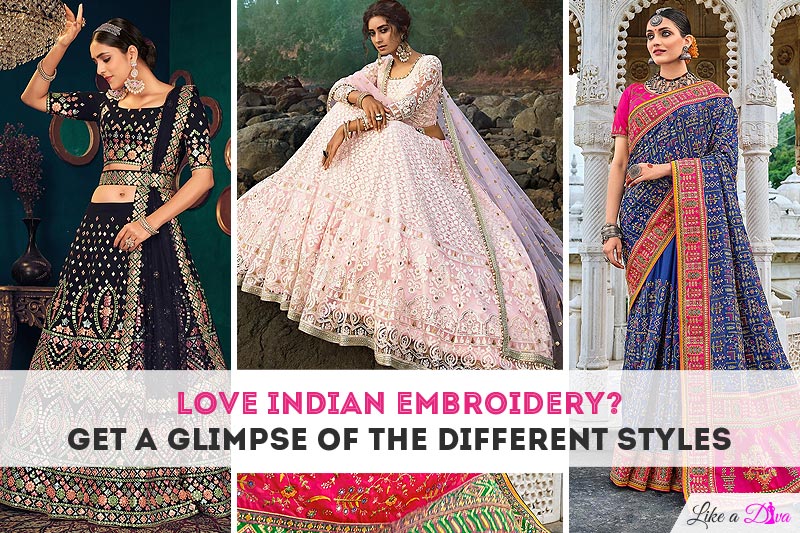
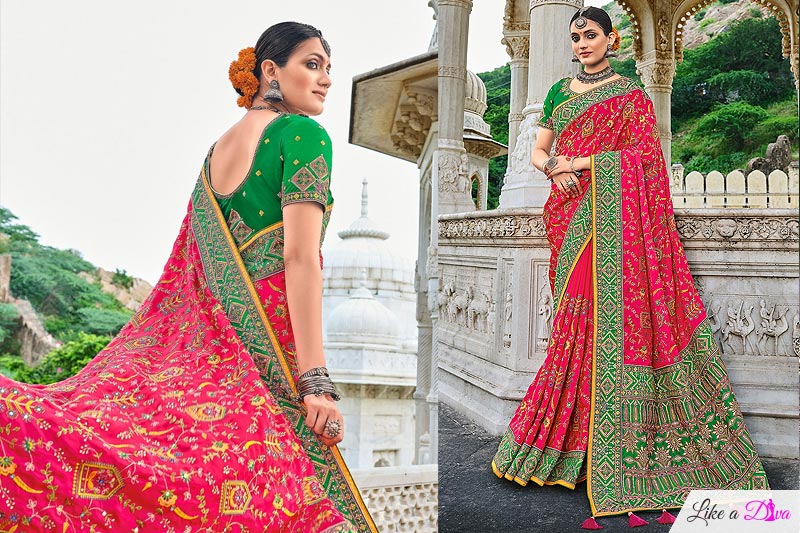
.jpg)
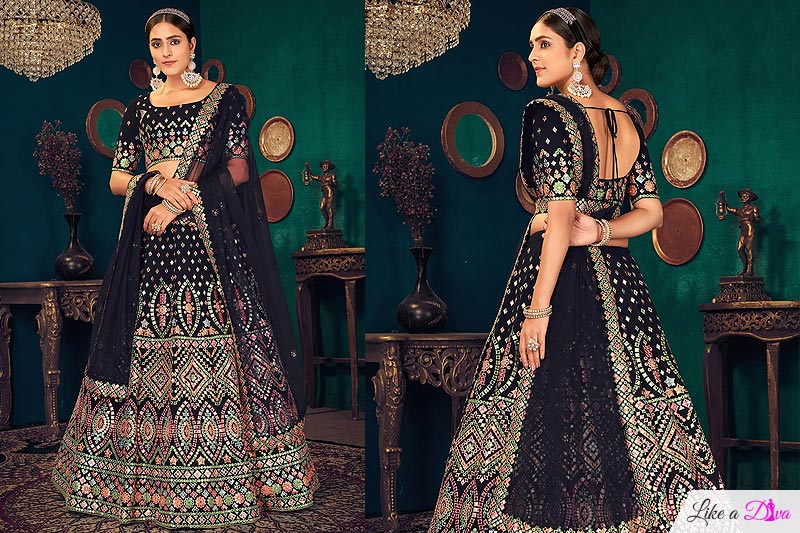
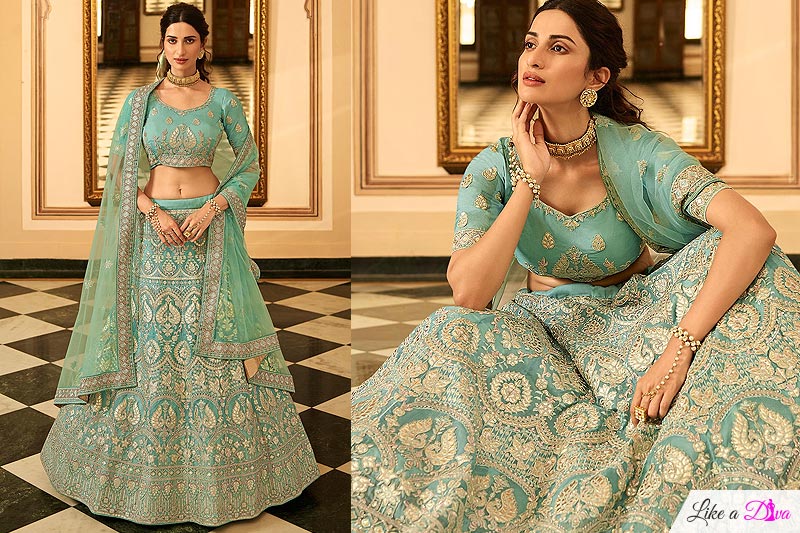
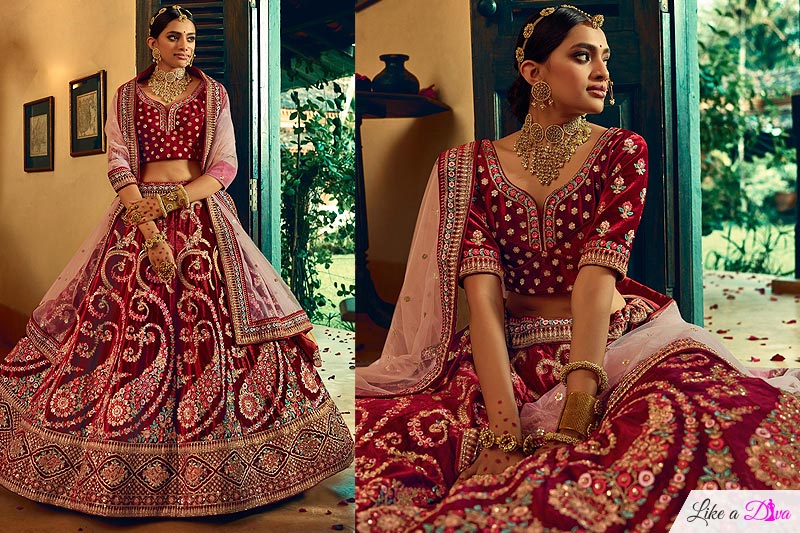
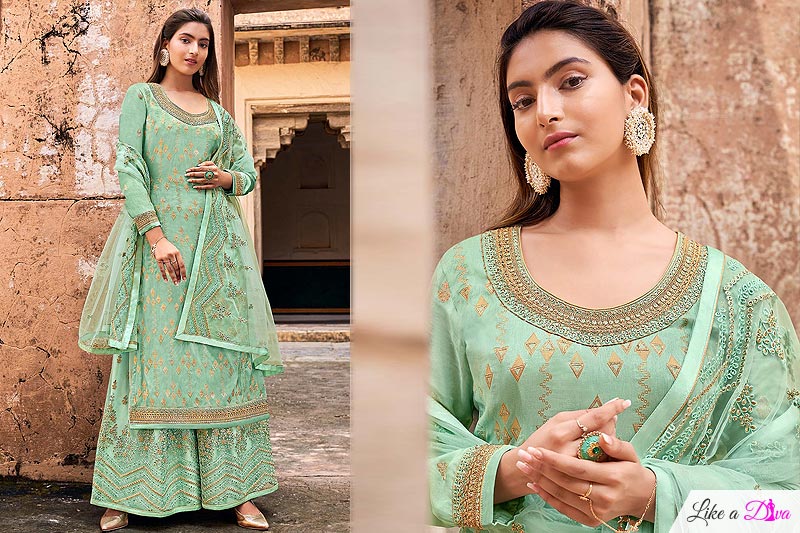
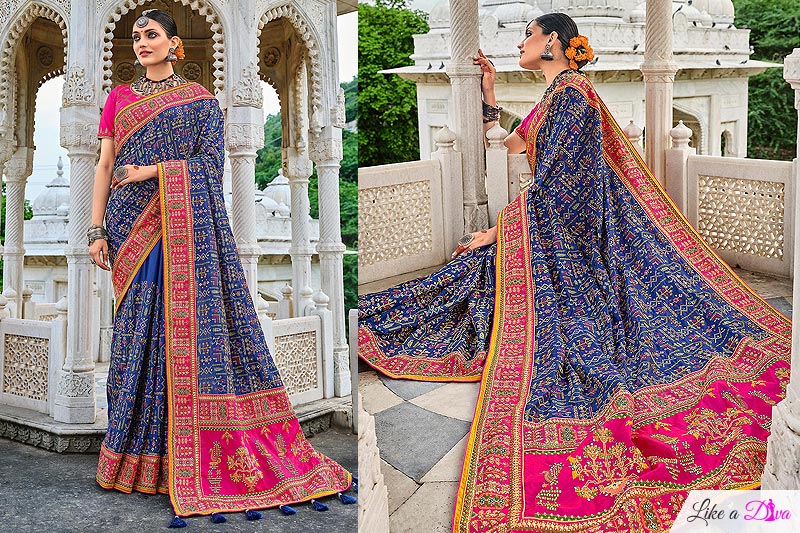
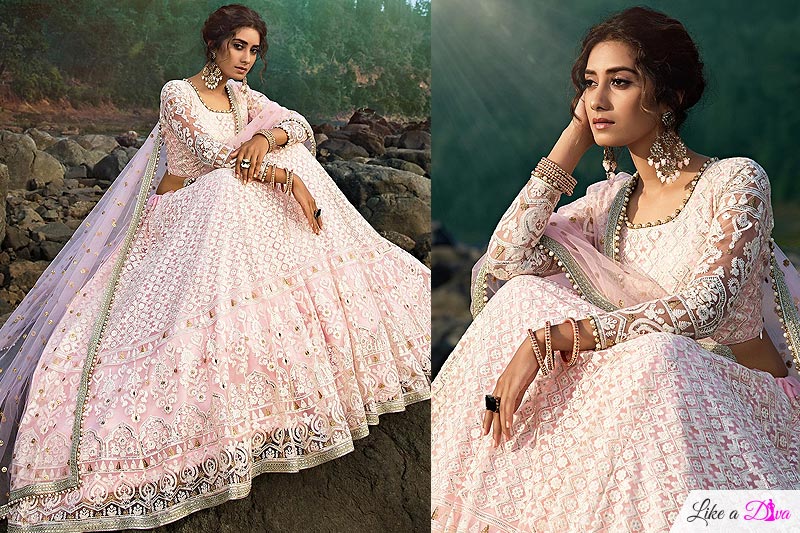
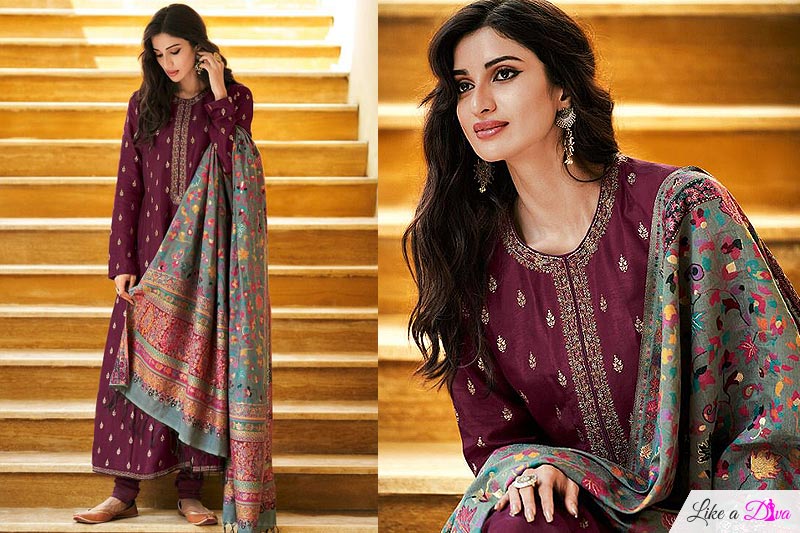
Leave a Reply